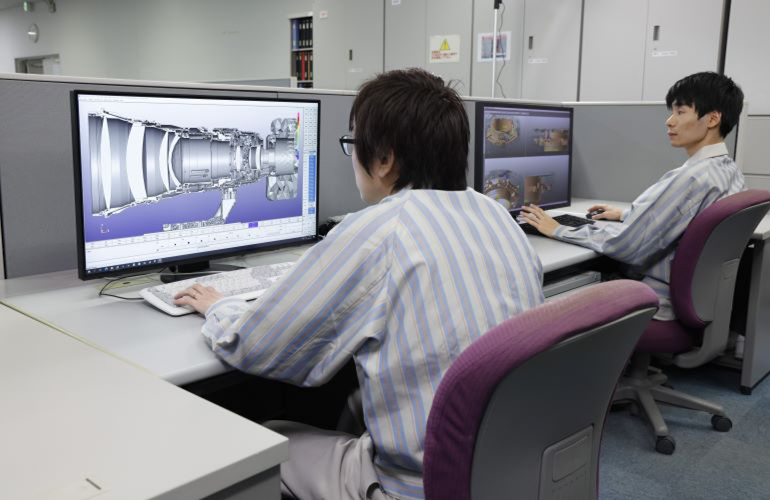What is Optical Platform?
Canon’s Optical Platform systemizes the outcomes of the many advances in optical technology, made since the company’s foundation, as fundamental technologies. Optical technology, a mainstay of Canon’s business diversification, has always been advanced as a core competitive technology. Over time, the range of light handled by our optical technology has broadened beyond the wavelength of visible light: on the shorter wavelength side to X-rays and on the longer side to infrared rays, and even to terahertz waves. The products that rely on our optical technology have also expanded from interchangeable camera lenses to printers and semiconductor lithography equipment. Our optical technology used to utilize the properties of ordinary rays of light, but as the technology progressed, it came to incorporate wave optics, which deals with the properties of light as waves, and now even utilizes the properties of light as particles.
We have also developed the capability to design and manufacture lenses used in our products, which have progressed from simple spherical shapes to complex aspherical shapes. We have even developed diffractive optical (DO) elements — minute structures that control light — a technology that is found in our interchangeable lenses for mirrorless cameras.

Application case study:
Metalens-An optical technology expected to find many applications
Metalens, a rarely heard term, is a lens that controls light with microscopic structures smaller than the wavelength of light and that offers functions and performance beyond conventional lens. Canon has successfully developed a sheet-shaped metalens with a diameter of 3 mm and a thickness of less than 1 mm. Unlike ordinary lenses, this metalens consists of approximately 70 million tiny cylindrical structures formed on a sheet surface. The direction light bends is controlled by adjusting the width, alignment, and height of these microscopic cylinders.
Canon’s metalenses differ from previous metalenses in that they are made by combining advanced optical theory and our cutting-edge nanoimprint lithography. Not only can a single small, thin metalens replace lens groups made of multiple elements, but it also has the ability to bend light in any direction. Consequently, metalenses are expected to be used in ultra-compact or ultra-thin lenses, XR devices, and other applications. As such, they will boost Canon’s competitive advantage in optics-related fields.




